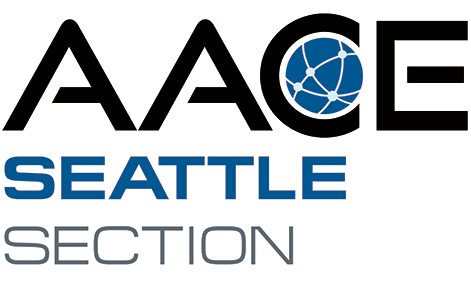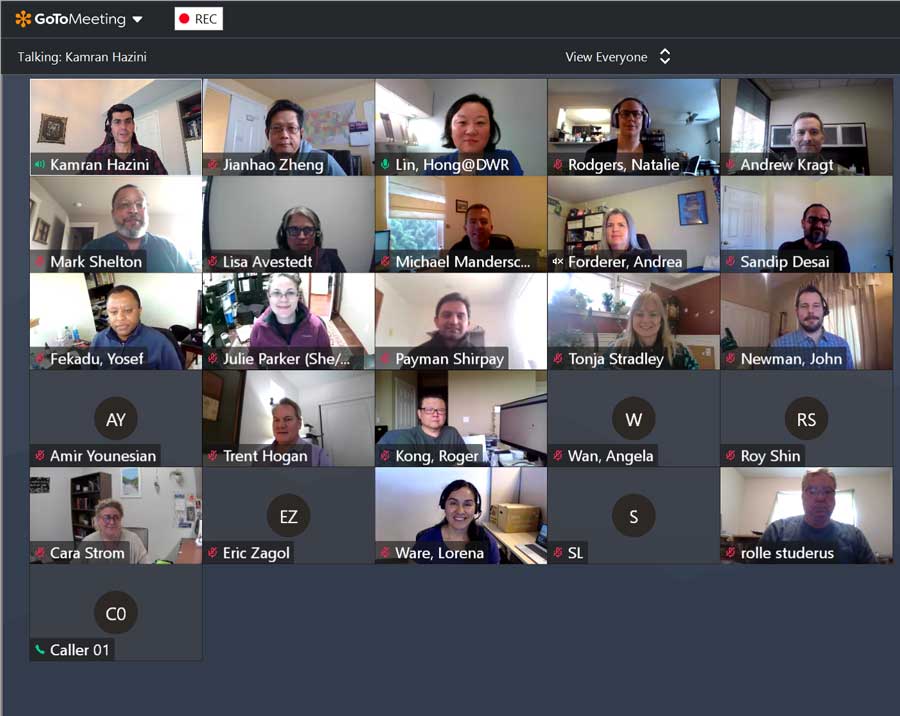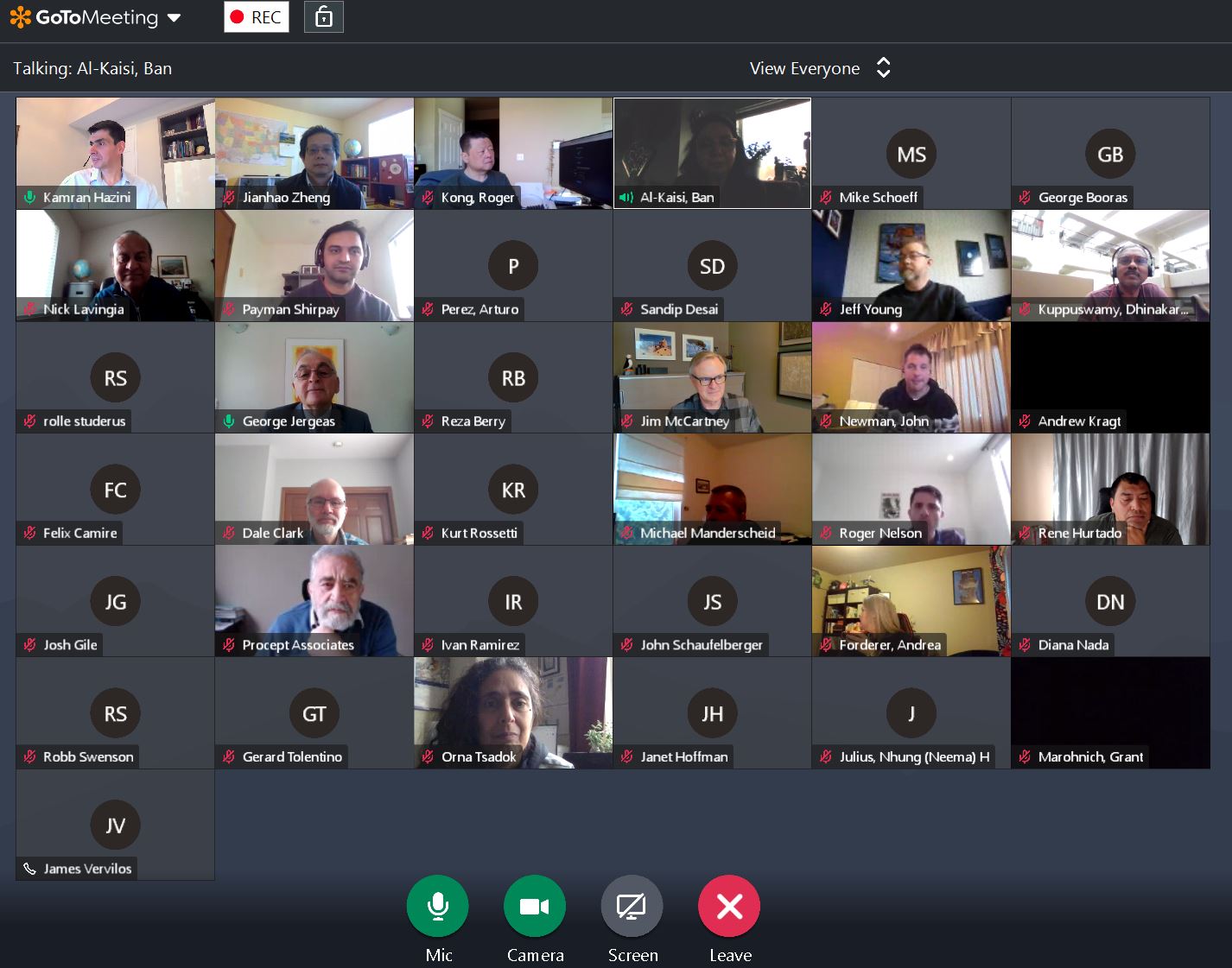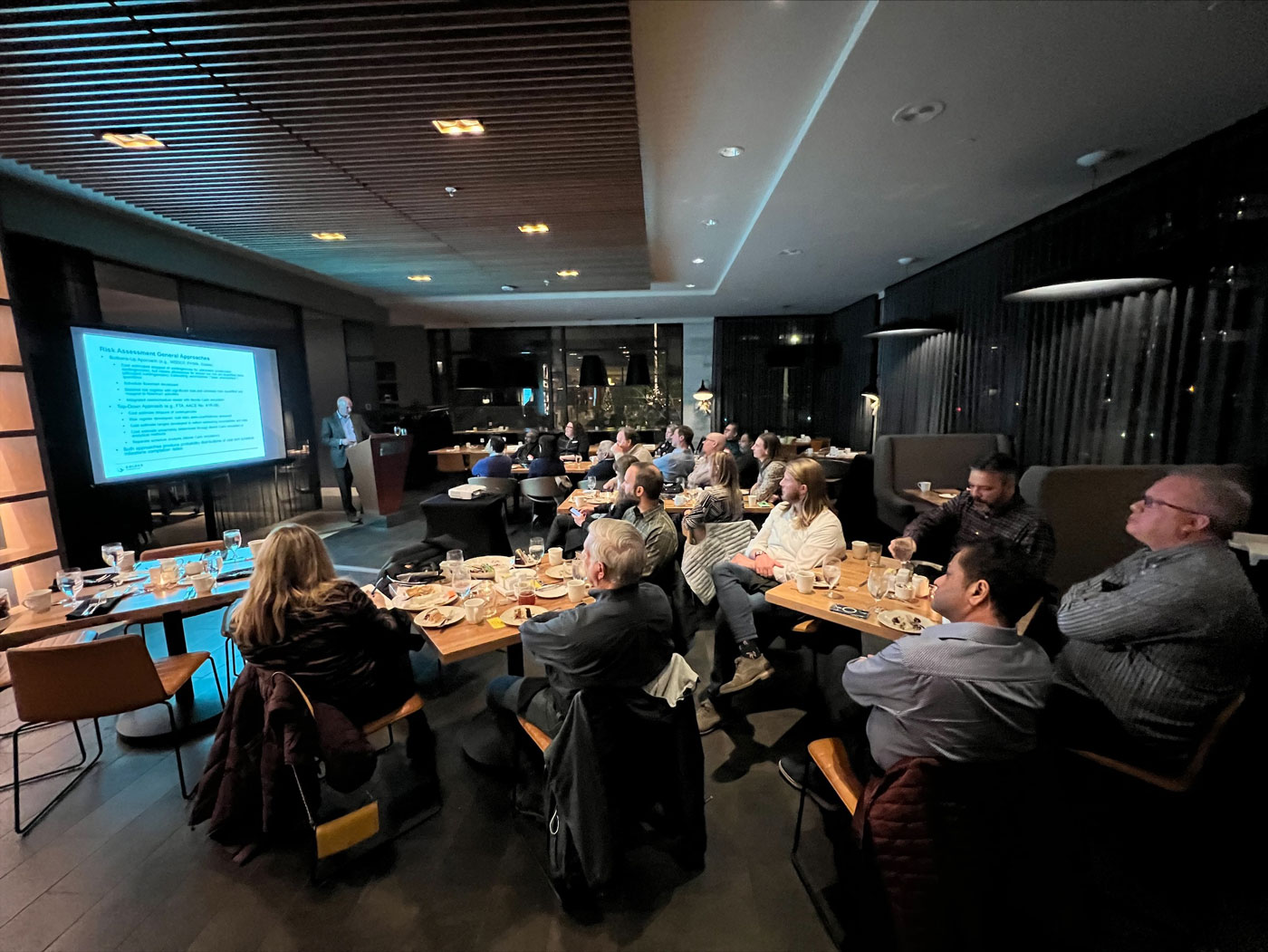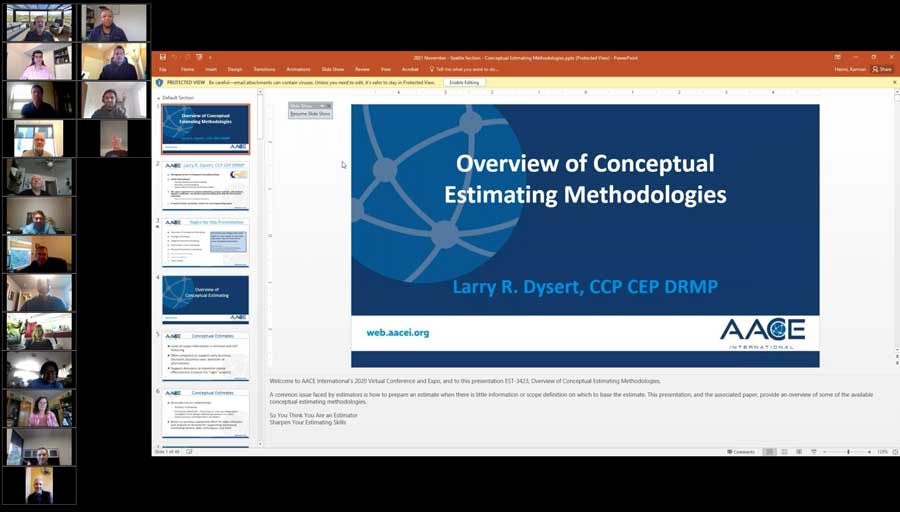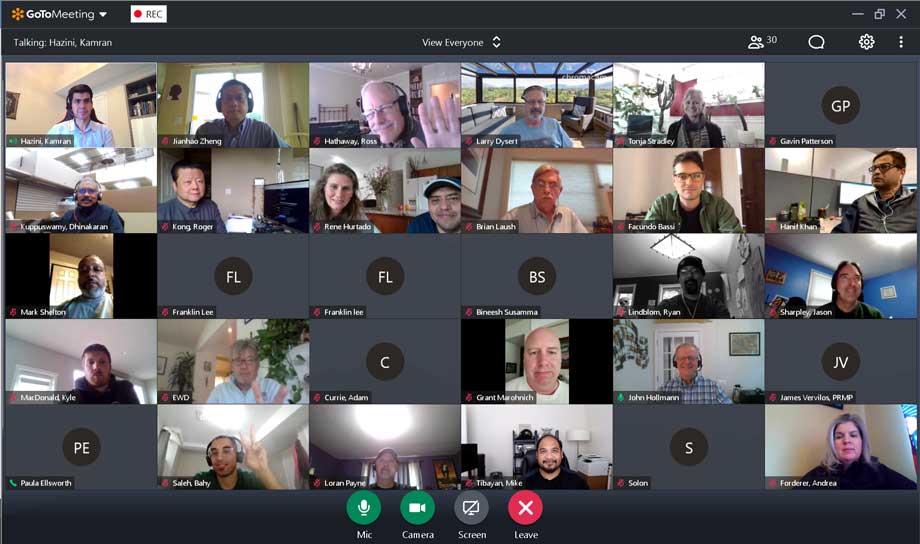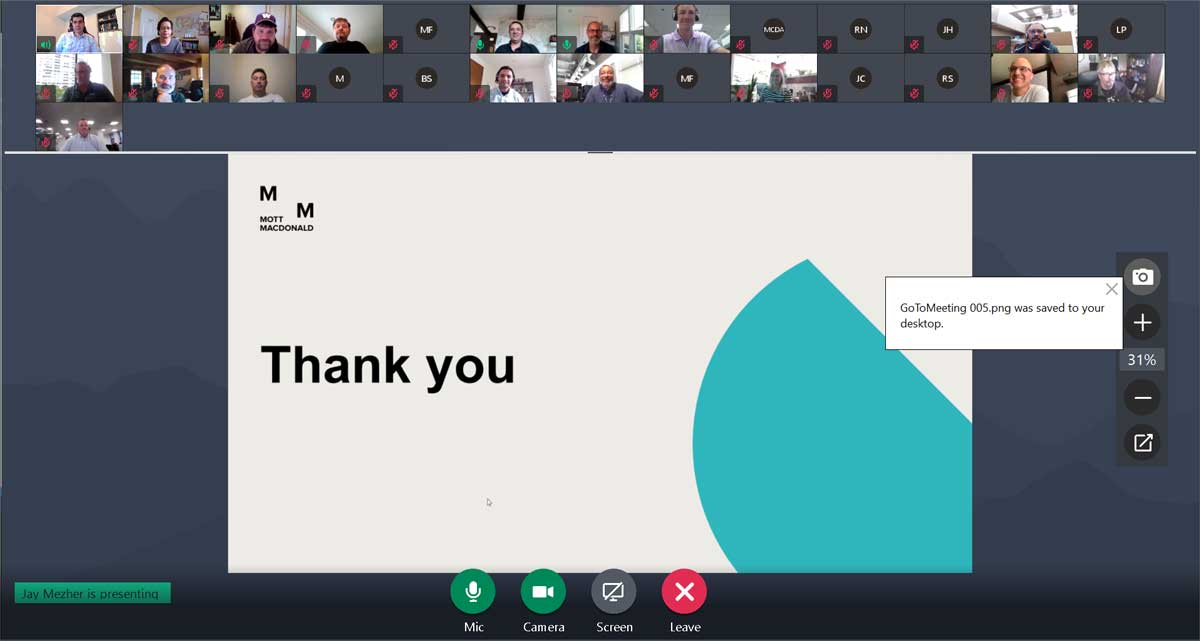The Muskrat Falls project in Newfoundland, Canada is a highly complex mega project consisting of a dam and an 824 MW hydroelectric plant and associated transmission lines. Project participants had to deal with unique challenges in project planning and execution such as geography, climate, investment, the demand for fast completion, and other factors, both internal and external to the project.
Unfortunately, this mega project experienced huge cost overruns and delay that are typical of most major capital investments. A Commission of Inquiry was established to investigate the project performance throughout the life cycle of this project with focus on the root causes for the huge cost overrun and delay that was experienced. The Commission of Inquiry issued a thorough report entitled “Muskrat Falls: A Misguided Project”.
Dr Jergeas who was retained by the Commission of Inquiry to review evidence and provide opinion will discuss causes and lessons learnt in some of the following areas.
- Underestimation of project costs, contingencies, and management reserve
- Team lacked relevant experience
- Lack of governance and oversight
- Non-disclosure of information and lack of flow of information
- Early warning signs were ignored
- Unsuitable contractual strategies
- Faulty contractor selection and management
- Winter conditions
- Low construction productivity
- Geotechnical and disputes
- Major issues with stakeholder/environmental management
- Consultation with aboriginal people
- Lack of teamwork, and lack of empowerment
This presentation is relevant to anyone who is involved in the delivery of major capital projects in North America especially owners in government organizations such municipal, federal, and state agencies.
Learning objective:
- Not to repeat history – we can do better.
Bio: Dr. George Jergeas P. Eng. PhD
Professor Emeritus, University of Calgary, Alberta, Canada
Chair, iProjects Inc., Calgary, Alberta, Canada
 George is a Civil Engineer with an MSc and PhD in Construction Management from Loughborough University, UK with over 45 years of industry and academic experience. He served as a Professor at the University of Calgary from 1994 to 2021.
George is a Civil Engineer with an MSc and PhD in Construction Management from Loughborough University, UK with over 45 years of industry and academic experience. He served as a Professor at the University of Calgary from 1994 to 2021.
George has delivered project management training and consulting services to professional associations and companies across North America, Asia, and Europe.
Throughout his career, George’s focus is on project governance, project execution planning, value improving practices, project assurance and readiness, risk analysis and management, contract administration, construction productivity, teambuilding and collaborative relationships, claims & disputes resolution.
George’s team building methodology has been successfully implemented on over 180 projects across North America. As an expert witness, George testified before the Commission of Inquiry regarding Muskrat Falls Project.
George is also the coauthor of 4 books and over 100 articles, journals, and publications.
His books are:
Risk Navigation Strategies for Major Capital Projects: Beyond the Myth of Predictability,
Springer, 2011
Benevolent Dictatorship for Major Capital Projects,
LearnAcademy, 2017, Amazon.ca
Project Risk and Opportunity Management, The Owner’s Perspective, Routledge,
Taylor & Francis Group, 2019
Evolving Toolbox for Complex Project Management,
Taylor & Francis Group, November 2019 – The Legal Issues chapter.
LOCATION: (Virtual via Go To Meeting)
PROGRAM TIME:
Jan. 13th, 2022 @ 12:00 PM (PST)
MEETING TRANSCRIPT:
https://transcripts.gotomeeting.com/#/s/6179cfcdfe4ddfa0537ede7f8b1f25799addc27905f4d58fb85c8b8b13cf478d
